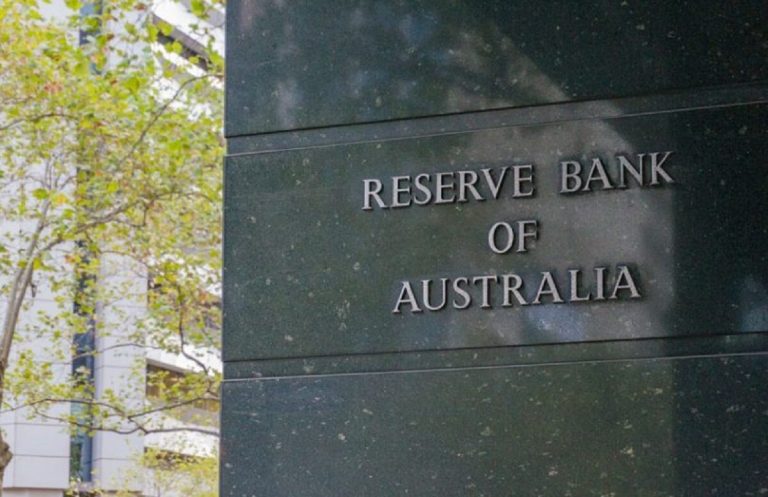European markets finished the month of July on a rather subdued note, even allowing for another month of solid gains, although we did see another new record high for the DAX, while the CAC 40 posted a record monthly close.
The euro Stoxx 50 also posted its highest monthly finish since October 2007.
Both the FTSE100 and FTSE250 also fared reasonably well, with the FTSE100 closing at a 2-month high, helped by a rebound in house builders on the back of easing interest rate rise expectations.
US markets also started the final day of July on the front foot before slipping back from their intraday highs, on the back of some end of month profit taking, drawing a line under a 5th successive month of gains.
While there is a growing degree of confidence that last week’s rate hikes from the Federal Reserve and the European Central Bank might be the prelude to a lengthy pause, there is rising realisation that rates may well have to stay at current levels for quite a while yet.
Nonetheless, despite this apprehension Asia markets have seen a positive session, despite weaker Chinese PMI numbers and this looks set to translate into a modestly positive start for markets in Europe this morning.
This week we can expect the Bank of England to follow suit with another rate hike of its own, while this morning the RBA took the decision to keep rates unchanged at 4.1%. The decision was finely balanced with many expecting a rate hike, however the Australian central bank appears to have erred on the side of caution, given last week’s weaker than expected Q2 CPI reading, and the weakness in recent PMI numbers.
The RBA went on to alter their inflation forecast to predict that prices would return to target in late 2025, while also revising up their GDP growth targets for this year and next year. The central bank did keep the door open to further hikes in the future. The Australian dollar slid back giving up some of the gains it made yesterday, while the ASX200 pushed back up towards its recent highs.
Today’s economic agenda shifts the focus back to the weakness of the manufacturing sector, as well as the resilience of the US labour market, as we look to a flat open.
In Germany especially, the performance of the manufacturing sector has been dire with July manufacturing PMI expected to be confirmed at 38.8, the lowest level since the manufacturing sector was shut down due to Covid. In France, manufacturing PMI is expected to slow to 44.5, while only modest improvements are expected in Spain and Italy of 48.3 and 44.3.
The UK manufacturing numbers are expected to slow to 45, from 46.5.
Even the US economy hasn’t managed to escape the manufacturing slump with the latest ISM manufacturing survey for July expected to show a modest improvement from 46 to 46.9, with prices paid expected to see a modest improvement to 44, from 41.8.
It is clear that the manufacturing sector is experiencing a clear deflationary impulse which is likely to continue to act as a drag on prices in the coming months. The bigger question is whether this translates into a similar drag on the services sector, and here prices are proving to be slightly stickier.
One major concern to the slowing prices narrative has been the recent gains in oil prices, which yesterday saw their biggest monthly gain in over a year, over concerns that Saudi Arabia will go further and extend their production cuts into September.
This rise in prices over the last 4 weeks is already feeding into higher prices at the fuel pumps, which if sustained could impact on consumer demand in the coming weeks.
We also get an insight into the US labour market with the latest JOLTS job openings numbers for June which are expected to show a fall from 9.82m vacancies to 9.6m, which would be a 2-year low.
While such a move would be welcome it’s also important to remember that vacancies are still over 2m higher than they were at their pre-pandemic peaks, back in mid-2018. This number needs to come down a lot further before we can infer that the falls in vacancies might lead to a moderation in wage growth.
EUR/USD – currently have support at the 1.0940 lows from last week with further support at the 50-day SMA as well as the 1.0850 area. Resistance currently at last week’s high at 1.1150.
GBP/USD – support currently at the 1.2750 area as well as trend line support from the March lows at 1.2710, and the 50-day SMA at 1.2700. While above this key support the uptrend from the March lows remains intact. Resistance at the 1.3000 area.
EUR/GBP – currently range trading between resistance at the 0.8600 area, with the risk of a return to the recent lows at 0.8500/10. Above the 0.8600 area targets the July highs at 0.8700/10.
USD/JPY – broken above the 142.00 area, opening up the risk of a move back to the previous peaks at 145.00. We need to see a move back above 142.60 for this to unfold. Support comes in at yesterday’s lows at 140.70.
Disclaimer: CMC Markets is an execution-only service provider. The material (whether or not it states any opinions) is for general information purposes only, and does not take into account your personal circumstances or objectives. Nothing in this material is (or should be considered to be) financial, investment or other advice on which reliance should be placed. No opinion given in the material constitutes a recommendation by CMC Markets or the author that any particular investment, security, transaction or investment strategy is suitable for any specific person. The material has not been prepared in accordance with legal requirements designed to promote the independence of investment research. Although we are not specifically prevented from dealing before providing this material, we do not seek to take advantage of the material prior to its dissemination.

